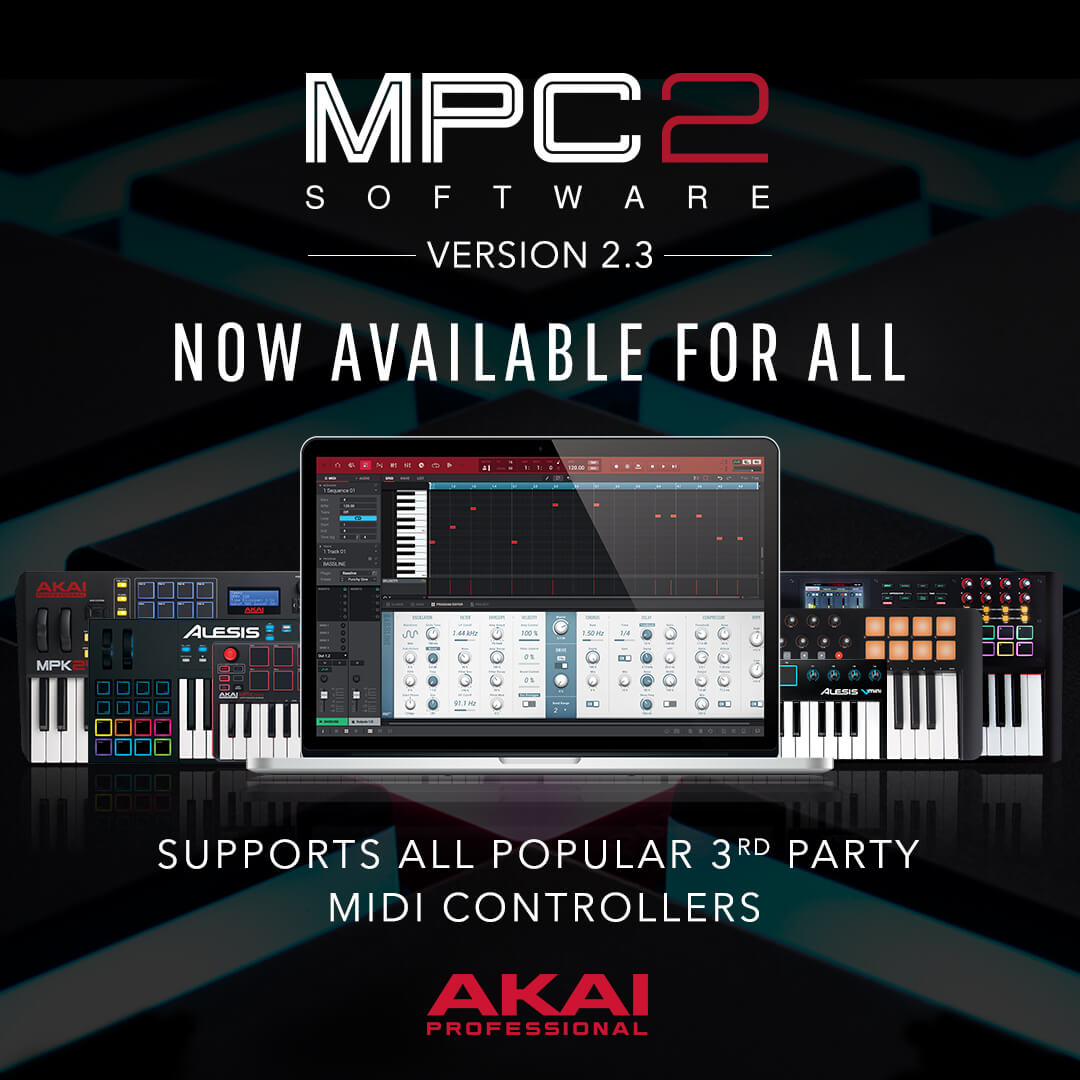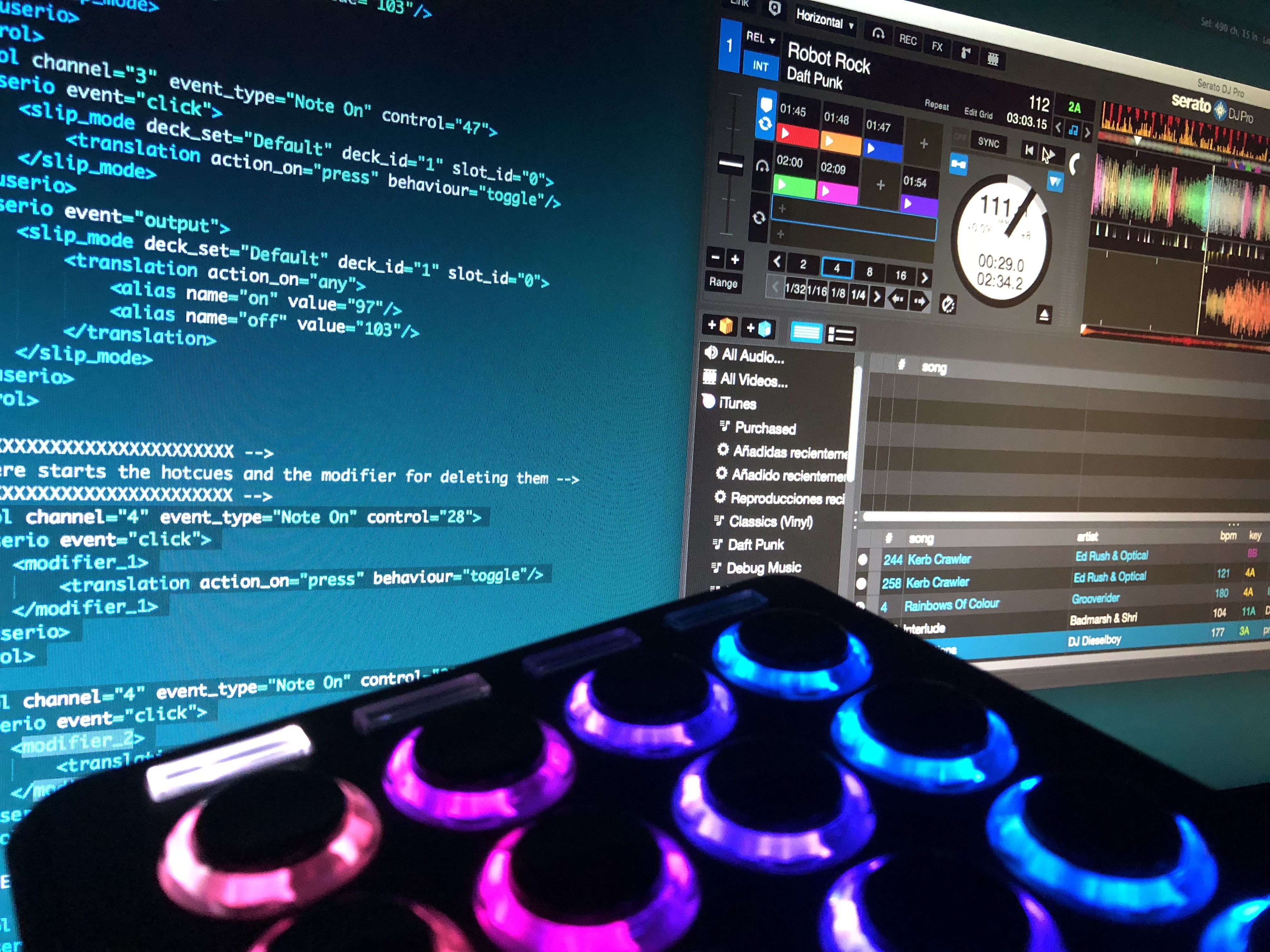The Akai S950 - the second in the S series samplers (after the S900). A fantastic piece of equipment that changed the way music was produced. A 30 year-old d. Make sure that the Akai S950 is well ventilated and away from direct sunlight. With the letter L or coloured red. To avoid damage to the internal circuits and the external surface, keep away from heal (stoves, etc.). Page 3 This can be done by leaving a 1U gap on top of the S950- which can be filled in with a blank rack panel. This will prevent.
Thinner or other similar chemicals to clean the Akai S950. Place the Akai 5950 on a flat and solid surface. To enjoy the Akai S950 for long time, please read this operator's manual.
maxim digital audio (http://www.maxim.abel.co.uk) March 2000. This document contains details of the floppy disk and file formats used by S-series Akai samplers from the S900 to the S6000, with some notes on MPC and other Akai formats.Contents
1. Akai disk format overview
Akai floppy disks are formatted as 2 sides of 80 tracks with 5 or 10 sectors per track. Each sector is 1024 bytes long, giving a total of 800k (low density) or 1600k (high density). PCs use 9 or 18 sectors of 512 bytes and will not read Akai floppies without reprogramming. As far as I can tell, Mac floppy drives can't read Akai floppy disks at all.Unwritten bytes on a disk are set to zero. Multi-byte values have the lsb first (little-endian). This document refers to the first byte in a block as 'byte 1', not 'byte 0'. All values are decimal unless otherwise stated.
Akai hard disks and CD-ROMs use the same file format as Akai floppy disks, and virtually the same disk format.

2. S900/S950 disk format
Track 1, side 1 starts with 64 entries of 24 bytes as follows: Bytes 1536 to 3136 (1536 to 4736 for high density) contain a map of how the blocks on the disk are used, in the form of 2-byte unsigned integers. For example, if a file starts at block 5, map entry 5 may contain the value 6, indicating that the next block to read is block 6. The next block to read is then given by map entry 6. The map entry for the last block of a file contains the value 32768. Unused blocks have a map entry of zero. The first 4 blocks are needed for the file entries and map.Note that the S950 can use high-density disks and can read S1000 disks, but the S900 can only read S900 or S950 low-density disks.
3. S900/S950 sample format
A S900 sample file has a header of 60 bytes as follows: (I don't know what is held in the last 20 bytes, but the values shown seem to work).You can use lower case letters in filenames (not available from the front panel) but avoid unusual ASCII characters. Do not put two files with the same name on a disk!

The header is followed by the (12-bit signed) sample data, packed in a very strange way: For a sample of N words, the upper 4 bits of the first byte contains the lower 4 bits of the first word. The lower 4 bits of the first byte contain the lower 4 bits of word N/2. The second byte contains the upper 8 bits of the first word. This repeats for the first N bytes, after which there are N/2 bytes containing the upper 8 bits of the last N/2 words.
4. S1000 disk format (and S1100 and S01)
With the S1000, Akai abandon ASCII (mostly) and use their own alphanumeric code, which I shall refer to as AKAII: The file entries and map are in the same position as the S900, but have changed slightly: Empty entries also have the S1000 ID byte. Note that file types are lower-case ASCII. The map now uses a value of 19152 as an end marker, and the first five blocks (file entries and map) are marked with values of 16384.There is a volume label at the end of the map (byte 3136 or 4736 depending on density) consisting of a 12 byte AKAII name followed by 0,0,0,ID,0,1,1,0,0,0,50,9,12,255 where ID = 3 for the S1000.
Note that the S01 uses the S1000 format for disks and samples, but with an ID of 1,0 for high density and 0,1 for low-density unused entries. The S1100 probably uses the same format with a different ID.
5. S1000 sample format
The S1000 sample file has a 150 byte header:The sample data follows the header as signed 16-bit words.

6. S1000 program format
The S1000 program file consists of a 150-byte header followed by one or more 150-byte keygroup entries.Most parameters are stored as signed or unsigned single bytes.
7. S3000 disk format
The S3000 disk has space for file entries and map the same as for the S1000, but has a value of 255 at byte 17 signifying that these file entries will be ignored, and 512 entries starting at block 5 will be used instead. The first 17 map entries are marked with the value 16384. The disk label is the same as the S1000 except for the S3000 ID byte. Subtracting 128 from the S3000 file type gives a set of ASCII characters shared with the earlier samplers:Stereo samples are stored as two separate mono files with the 11th and 12th characters of the filename set to -L or -R. The S01 and S20 use preset filenames of the form AKAI A1#.%1 where # is a hexadecimal character representing the sample number and % is S for mono and left-channel samples or R for right-channel samples.
8. S3000 sample format
The S3000 sample has a 192 byte header:Sometimes the sampler will insert more blank space at the end of the header! Make sure your samples are at least a few thousand words long or they will not play correctly. The sample data follows the header as signed 16-bit words. For details of the S3000 program format see the SysEx information on Akai's web site.
9. MPC-2000 file format
The MPC2000 and other related models use DOS formatted disks. Samples are saved with a .SND extension and contain 16-bit signed data after a 42 byte header:
MPC2000 programs have a .PRG extension and are partially described here:
10. Teledisk format
Akai distribute some of their sound library in the Teledisk .TD0 format. Following a variable length header (including several null-terminated comment lines) data blocks from the floppy disk are stored sequentially. In the uncompressed format each 1024 byte block is preceded by 9 bytes of address information with an additional 4 bytes at each track boundary. Any further information on this mysterious format would be welcomed!
11. MESA file format
The PC Beta release of MESA uses a 'mesa' chunk following the waveform data, containing a copy of the S3000 series sample header: MESA II for PC does not use a <mesa> chunk, but uses the standard <smpl> chunk for tuning and looping information with sample start and end points stored in a <cue > chunk.For more information on the WAV file format see http://www.wotsit.org
12. S5000/S6000 sample format
The S5000 and S6000 can read files produced by earlier samplers, but by default use WAV files on MS-DOS formatted disks. The WAV files saved by operating system version 1.01 use standard chunks but are somewhat unconventional:A single loop is supported, with the loop mode held in the manufacturer specific data. The <smpl> chunk is written before the <data> chunk and any other chunks are stripped off by the sampler. To ensure smooth operation filenames should be less than 20 characters with the WAV extension capitalised. The manufacturer specific data (manufacturer 71, product 94) contains the following parameters but can be omitted if not needed:
A loop tuning parameter is also stored in the above structure but is not yet implemented in the sampler operating systems.

13. S5000/S6000 program format
Program files have an .AKP extension and are described here.
Multi files (multitimbral setups of programs) have an .AKM extension.
Both formats are loosely based on the RIFF file format.
14. PC floppy drive programming
Code for the adisk4 program is provided here showing how to re-program the floppy drive for Akai disk access and includes read, write and format functions. Note that the code is primitive both in style and content! The software will work under DOS and Windows 3.x/95/98, but not NT which blocks direct disk access.
Not all PCs can read all Akai disks. Some modern PCs are obviously not as 'IBM Compatible' as they should be, but problems can also be caused by the long hard life many Akai floppy drives have had. Some problems can be solved by using a disk formatted in Akai format by the PC rather than the sampler.
Akai S950 Sampler

15. This document
This information contained in this file was worked out by experimenting with the floppy drive parameter table until Akai disks could be read, and then examining the data of numerous disks and files, comparing the contents to the sampler's parameter settings and SysEx data. I'm happy to receive corrections or additions to include in this document.This document Copyright ©1995-2000 Paul Kellett (paul.kellett@maxim.abel.co.uk). You may copy and distribute it. If you develop any software based on this information please give me a credit in it (or its documentation) and send me a copy! The information in this document is believed to be correct, though is known to be incomplete and must be used entirely at your own risk.
<<Home(by Discrete-Time Systems)
(Designed for Windows but will run on a Mac using Oracle's VirtualBox...)
Freeware for most Windows versions that allows you to send WAV files from your computer to an Akai S900/S950 MIDI digital sampler (no other models are supported). Can send WAV files, either mono or stereo, left or right channel, from 8-64 bits. S950rs.exe is RS-232 only and does not support MIDI at this time! Sample-transfer speeds up to 57600 baud (using a USB cable with a Prolific chipset, running Windows XP in Oracle VirtualBox on Apple Mac Sierra 10.12.6).
Download 2.02 (November 14, 2020): Click Here
Unless you have a built-in serial port (older computer) you will need a USB to DB-9 male cable: DTECH 10 Feet USB 2.0 to RS232 DB9 Serial Port Adapter Cable with FTDI Chipset Supports Windows 10 8 7 and Mac Linux. and a DB-9 female to DB-25 male adaptor (you need one without hex nuts or they get in the way): DB9 Female to DB25 Male, Adapter, (Serial Port) Molded.
Additional help for your USB to RS232 cable: Here
(please email dxzl@live.com with feedback)
YouTube setup video by Scott Stanley: Transfer WAV files on a computer to an Akai S950.
Akai S950 For Sale
Source-Code For RAD Studio: Here
RS232 Drawing and Pinout: Click Here
Akai S900/S950 MIDI SysEx Documentation
Akai Sampler Disk And File Formats
Documentation and other related programs
Akai S900/S950 Midi Controller Messages
Akai S900/S950 System Exclusive Specification
Akai S950 Manual
WavAkai98 (program to send wav files to all S-Series Akai samplers via Midi, unzip folder to Windows desktop and double-click Wav_Akai.exe to run)
Bugs fixed:
(11/27/17) You can now select or drag/drop multiple files. A failed packet transmit now retries two more times.
(1/21/17) Timing fixed for sending multiple programs to machine from .PRG file (Many thanks to Oliver Tann for testing).
(9/29/16) Updated to fix uninitialized sample parameters and header array problem.
(9/10/2016) Fixed problems with reading some WAV files (thanks to Oliver for sending me sample files!). Also added drag drop to send a file and a combo-box to allow baud-rate selection.
(8/9/2008) Update e-mail address (dxzl@live.com)
(6/25/2008) Added more info in Help.
Akai S950 Manual
(4/19/2008) Original post required a special dll and would not run... fixed. Added support for sending either channel of a stereo sample. Added ability to send WAV of 8-64 bits.